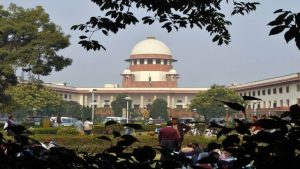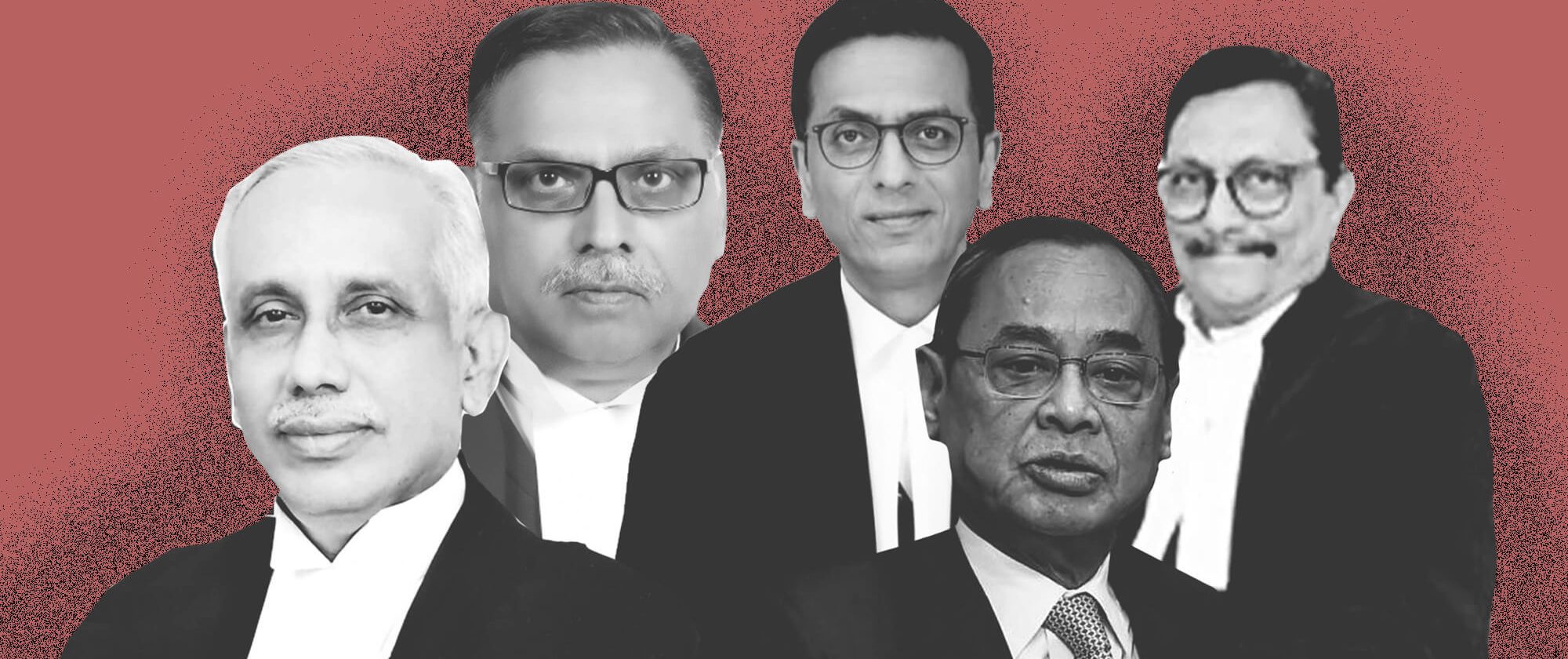Reading Time: 4 minutes
Our Associate Editor, Dr. Navodita, critiques the verdict on Ayodhya dispute. A Constitution Bench led by Chief Justice of India Ranjan Gogoi delivered its judgment – in a unanimous decision the five-judge bench allotted the disputed land for the construction of a temple. An exclusive for Different Truths.
As everyone waited for the Supreme Court’s verdict on Ayodhya dispute on Saturday (Nov 9), it was not very far from what was expected – the Central
government managed to put its agenda through to secure its seat for the next polls. PM Narendra Modi told the whole nation that the Ayodhya verdict marked the beginning of a new chapter for ‘New India’, where there would be no place for fear, bitterness, negativity. He also added that the judiciary had demonstrated that all complicated issues could be resolved through the Constitution and within the ambit of the law.
A Constitution Bench led by Chief Justice of India Ranjan Gogoi delivered its
judgment – in a unanimous decision the five-judge bench allotted the disputed land for the construction of a temple. The Sunni Waqf Board will be given five acres of alternative land in a suitable, prominent place in Ayodhya.
It ordered the Centre to formulate a scheme under the Ayodhya Act 1993 within three months to set up a Trust for temple construction and handover the inner and outer courtyard of the disputed land.
It ordered the Centre to formulate a scheme under the Ayodhya Act 1993 within three months to set up a Trust for temple construction and handover the inner and outer courtyard of the disputed land.

The Archaeological Survey of India (ASI) said there was a structure underneath the mosque but did not specify what it was, the Supreme Court said today as it read out a “unanimous” verdict in the Ayodhya temple-mosque dispute, a religious and political flashpoint that has cast a shadow on the country for decades. The disputed structure was not built on “vacant land” according to the ASI, the top court said. A five-judge constitution bench is reading out its decision amid appeals for peace and heightened security across the country. The verdict comes after a century-old legal wrangle over a piece of land in Ayodhya where the 16th century Babri mosque stood before it was razed by Hindu activists who believe it is the birthplace of Lord Ram.
Some of the key points to note are:
The five-judge Constitution Bench headed by the Chief Justice heard the case for 40 days.
- The five-judge Constitution Bench headed by the Chief Justice heard the case for 40 days. The other members of the bench are Justices SA Bobde, DY Chandrachud, Ashok Bhushan and S Abdul Nazeer.
- Chief Justice Gogoi had met top Uttar Pradesh officials to discuss law-and-order arrangements on Friday. At least 12,000 security personnel have been posted in Uttar Pradesh, where Ayodhya is situated.
- Schools and colleges are closed in several states, including Uttar Pradesh, Karnataka, Madhya Pradesh, Delhi and Rajasthan. In a series of tweets on Friday, the Prime Minister said the “Ayodhya verdict will not be anybody’s victory or loss”, adding that it was the priority of the country’s citizens to maintain harmony. “I appeal to countrymen that it should be our priority to strengthen our tradition of maintaining peace and harmony after Ayodhya verdict. In the run up to Ayodhya verdict, efforts have been made by various people and organisations to maintain harmonious atmosphere. We have to maintain amity even after Ayodhya verdict,” PM Modi said in another tweet.
- The government has increased the security provided to the five judges ahead of the Ayodhya verdict. Two helicopters have been kept on standby in Lucknow and Ayodhya to tackle any possible emergency. Security arrangements in Delhi have also been tightened.
- The dispute over 2.77 acres of land in Ayodhya, claimed by both Hindus and Muslims, has dominated political discourse since the 1980s. While Hindu activists want to build a temple on the site, Muslim groups claim there is no proof that a temple existed there.
- In 1992, right wing activists tore down the Babri mosque which they believed was built on the ruins of an ancient temple that marked the birthplace of the Lord Ram. In the riots that followed, more than 2,000 people were killed.
- An Allahabad High Court verdict prescribing a three-way division of the disputed land in September 2010 failed to satisfy the Sunni Waqf Board, the Nirmohi Akhara and Ram Lalla, the parties involved in the dispute. All three moved the Supreme Court.
- In an effort to ensure peace after the verdict, several Hindu and Muslim organisations have put out appeals and said nobody should indulge in hysterics irrespective of which way the judgment goes.
- First, all political parties and leaders including the ruling BJP avoided using the judgement to grandstand and signal victory, which effectively means the end of the “Ram Mandir” as a popular issue to whip up sentiment.
- Second, Mohan Bhagwat, the chief of the Rashtriya Swayamsevak Sangh (RSS) addressing a press conference after the verdict, said categorically the “RSS is not meant for launching agitations, it believes in character-building.”
- This is hugely significant because the RSS had given wings to the Ram temple campaign. Bhagwat made it clear that for now Kashi and Mathura (which were part of the trio of agitation for the Sangh Parivar) were off the table.
Photo from the Internet

















When all litigants accept verdict,it’s welcome for greater interest.Although for academic jurisprudence analysis,few unresolved, omitted and conflicting points should have been addressed.